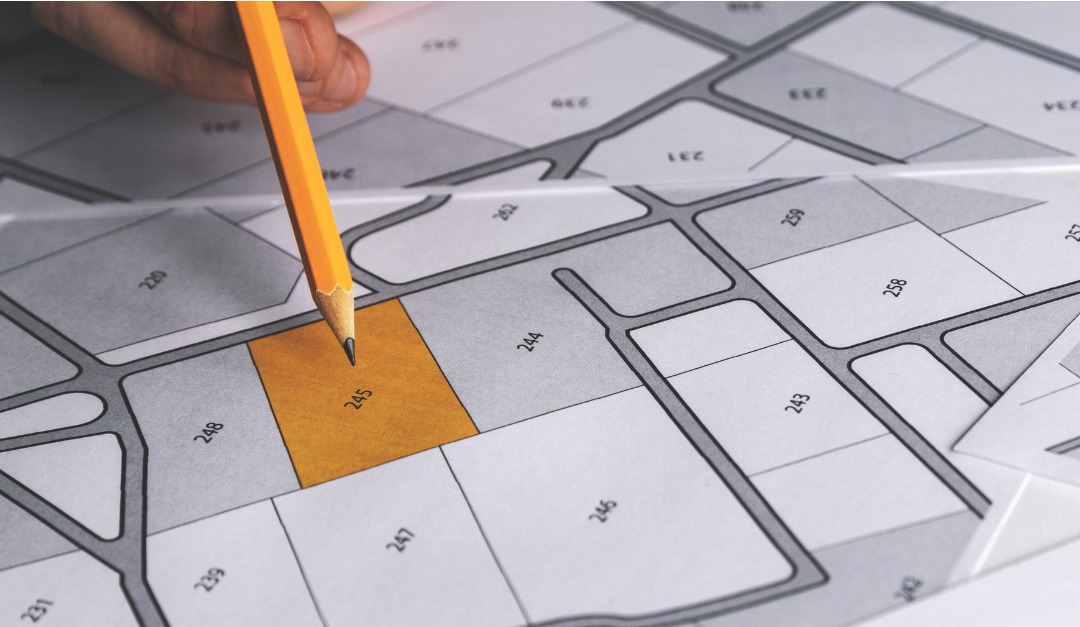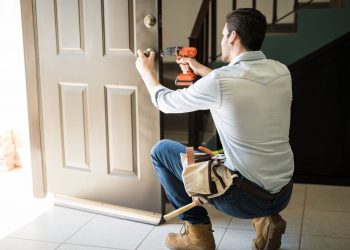Many people don’t know where the boundary between their yard and their neighbor’s is. When they learn the exact location, homeowners are often surprised to learn that there is a significant difference between the amount of land they thought they owned and the amount they actually own.
Reasons to Check the Location of the Boundary Line
All cities and towns have rules regarding where structures can be built. For instance, a local government may require a homeowner who builds a fence to place it a minimum distance from the property line. If a fence is built directly on the property line, the homeowners on both sides may be held responsible for maintenance. If a fence is built on a neighbor’s property without permission, the person who had the fence constructed may be required to take it down.
Removing a fence can be a hassle, but things can be even more problematic and expensive if a pool or an addition is built too close to the property line or in a neighbor’s yard. In that case, a homeowner may face a lengthy and expensive legal battle and may have to purchase a piece of the neighbor’s land, if the other party is willing to sell it.
If you don’t know the location of your property line, you may discover that you have been mowing the grass, trimming bushes,and tending flowers in your neighbor’s yard. If a tree is situated directly on the boundary line, the homeowners on both sides may share responsibility for maintenance.
If a tree falls in a storm because of lack of maintenance, the owner of the tree can be held liable for damage. The location of the boundary between your property and your neighbor’s will be important in such a situation.
Confusion about the location of the property line can be a problem if you want to sell your house. The state or local government may own a portion of your yard extending a certain distance from the road. A deal may fall through if the yard is smaller than prospective buyers thought it was and local rules would prevent them from building an addition or installing a pool.
How to Learn Where Your Property Line is Located
You can find a “plat,” or a map that shows the location of the property line and nearby structures, at your local assessor’s office or online. The deed to your home should include a verbal description explaining where the boundary line is located.
If the plat or the deed does not provide a clear description of the location of the boundary, you can hire a surveyor to take measurements and figure out where the dividing line between your property and your neighbor’s lies. A surveyor can also research any easements and other restrictions that may be in place.









